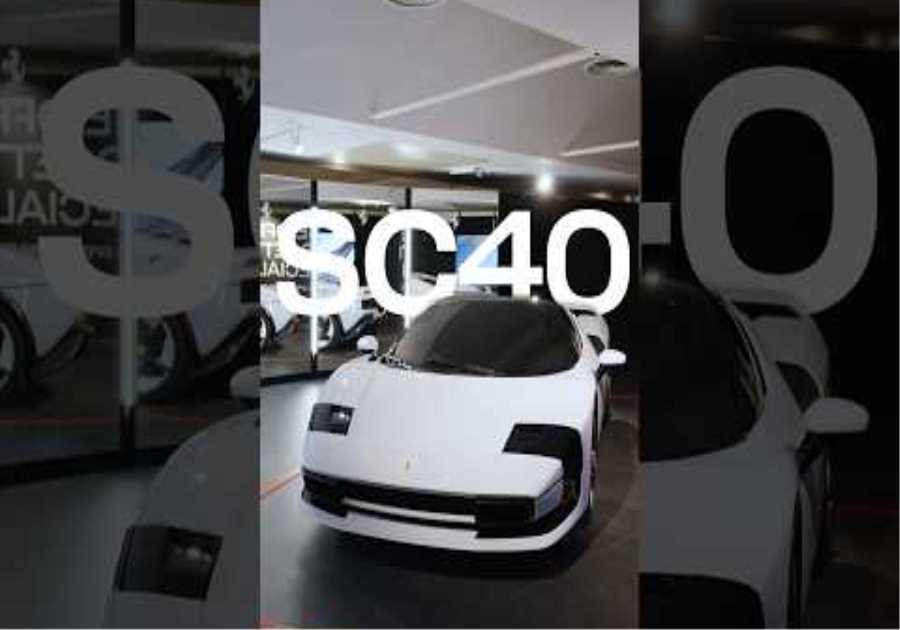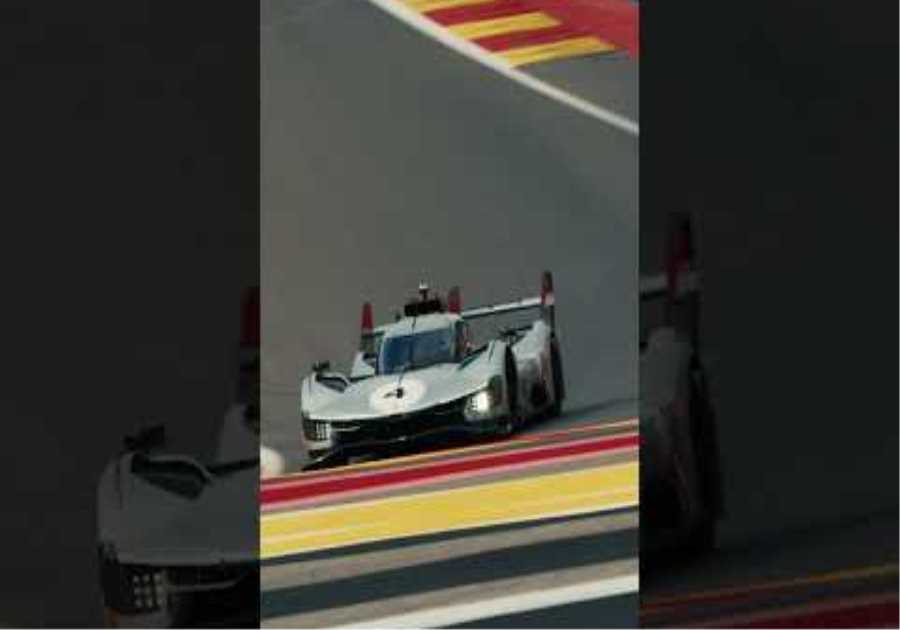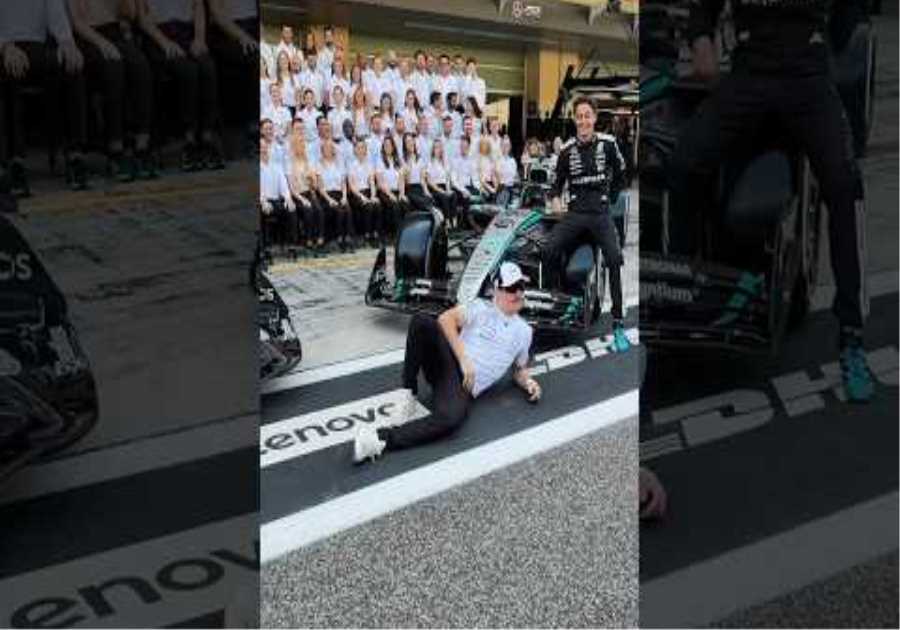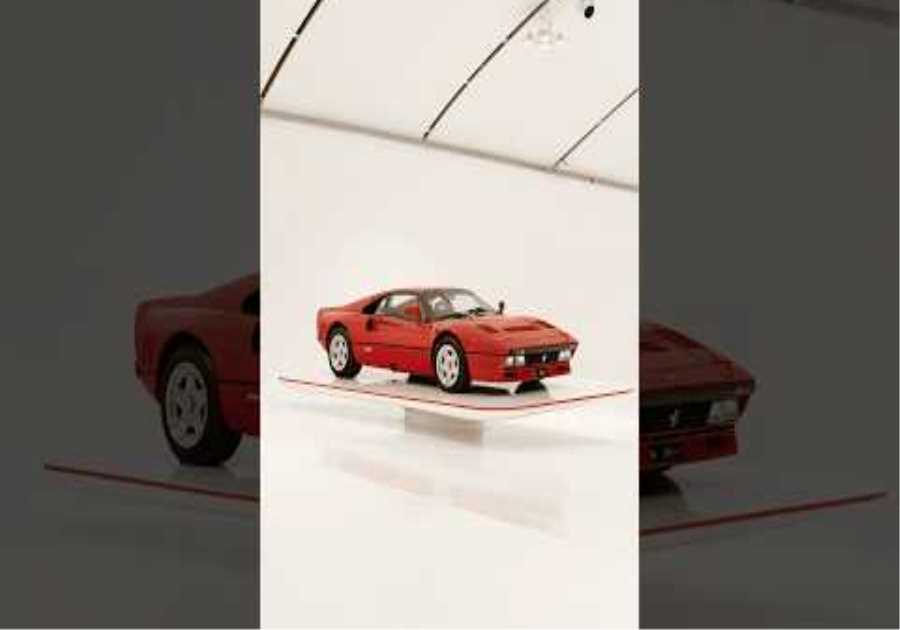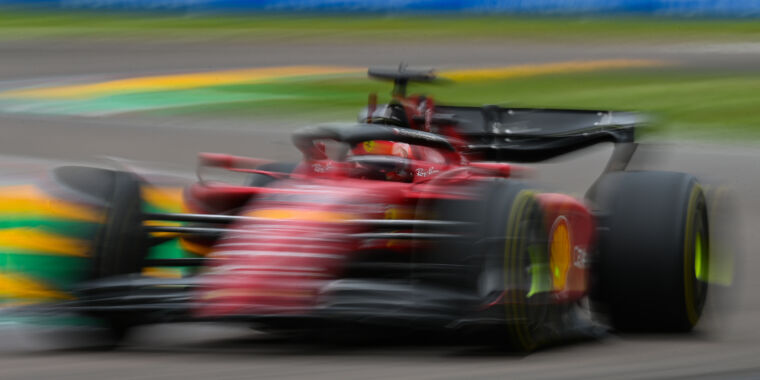
Enlarge / Charles Leclerc of Monaco driving the Ferrari F1-75 on track during the F1 Grand Prix of Emilia Romagna at Autodromo Enzo e Dino Ferrari on April 24, 2022, in Imola, Italy.
Dan Mullan/Getty Images
The Formula 1 Commission met on Tuesday to decide the technical future of the sport, with some more potentially radical changes coming in 2026. Among the things we can look forward to are smaller cars that slip more easily through the air and less complicated hybrid engines, part of new engine rules designed to attract new manufacturers to the sport.
Didn’t we just do this?
The F1 cars that took to the track for preseason testing in Bahrain this year were built to take advantage of one of the sport’s biggest technical rule changes in decades. As the importance of aerodynamics grew ever stronger throughout the ’80s, ’90s, and 2000s, the quality of racing declined due to the inability of one car to follow another through a corner at speed.
This was due to how dependent an F1 car was on its front wing to generate downforce. If you reduce airflow over the front wing, like when following in the dirty wake of another car, downforce is reduced and you can’t corner as quickly. So for 2022, the rules now require F1 cars to generate much more of their downforce through specially shaped floors that generate a ground effect.
Advertisement
The idea seems to have worked, as this year’s cars are indeed able to follow much more closely on track. Evidently buoyed by this success, the Fédération Internationale de l’Automobile (better known than the FIA, the sport’s organizing body) has decided to make some more tweaks.
Smaller, and more slippery
For starters, it seems I’m not the only person becoming increasingly alarmed by how big and heavy a modern F1 car is—each car plus its driver is required to be a minimum of 798 kg.
In the past, when minimum weights were as low as 500 kg, teams would build cars even lighter and add ballast to reach the minimum. But with the requirement to package today’s energy-absorbing safety structures like the Halo, the added bulk and mass of a hybrid system, and the use of heavier but cheaper standardized parts, cars have gotten heavier. As a result, almost none of the teams were able to build a car that came in under the weight limit this year.
The FIA isn’t saying how much smaller the cars will be in four years’ time besides proclaiming that it wants to “reduce car dimensions.” The commission is being even more realistic about weight, saying that it wants to “reduce or contain car mass,” so we shouldn’t have to face the prospect of F1 cars that weigh more than Le Mans prototypes.
The cars will approach or perhaps even beat Le Mans prototypes in terms of drag, though. Cutting the amount of drag (without losing too much downforce) is another key goal for 2026 “to improve sustainability and efficiency and complement the power unit characteristics,” the commission said.

